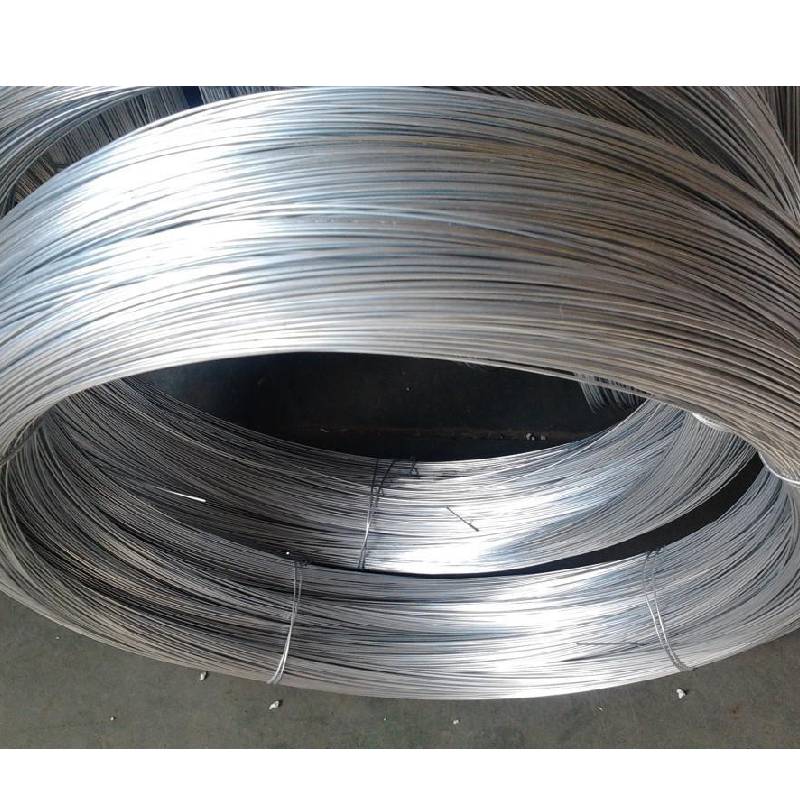
- Mobile Phone
- +8613931874955
- sales@cntcmetal.com
Design and Applications of Flat Coil Torsion Springs in Mechanical Systems and Devices
Understanding Flat Coil Torsion Springs
Flat coil torsion springs are essential components in various mechanical systems, providing torque and rotational force in a compact design. Unlike conventional round wire torsion springs, flat coil torsion springs are distinguished by their unique flat profile, which allows for specific advantages in design and manufacturing. This article delves into the characteristics, applications, and benefits of using flat coil torsion springs in modern engineering.
What are Flat Coil Torsion Springs?
Flat coil torsion springs are a type of spring that exerts torque when twisted. They are made from flat strips of material, typically high-carbon steel, stainless steel, or other alloys, which are shaped into coils. The flat design enables these springs to handle loads efficiently while minimizing space, making them ideal for applications where compactness is crucial.
The operation of these springs relies on their ability to store and release energy. When twisted, the spring generates torque, which can be harnessed to perform work. The amount of torque produced is directly proportional to the angle of twist and the spring's physical properties, such as its thickness, width, and material composition.
Applications of Flat Coil Torsion Springs
Flat coil torsion springs are utilized in a myriad of applications across diverse industries. Some notable uses include
1. Automotive Systems These springs are commonly found in various automotive components, such as door latches and hoods, providing the necessary force to secure and release mechanisms.
2. Consumer Electronics Many electronic devices, such as remote controls and mechanical switches, employ flat coil torsion springs to create a tactile feel and ensure reliable operation.
3. Furniture and Appliances In furniture design, flat coil torsion springs are used in reclining mechanisms and adjustable features, enhancing user comfort and convenience.
4. Industrial Machines These springs play a critical role in various industrial applications, such as packaging machines and conveyor systems, where they contribute to the efficient operation of moving parts.
flat coil torsion spring

Advantages of Flat Coil Torsion Springs
The design and construction of flat coil torsion springs offer several advantages over traditional spring types
1. Space Efficiency The flat design allows these springs to fit into tight spaces without compromising functionality, making them ideal for compact devices.
2. Customizability Manufacturers can easily customize these springs to meet specific requirements related to size, load capacity, and material properties, providing tailored solutions for various applications.
3. Enhanced Performance The geometry of flat coil torsion springs can be optimized for specific rotational movements, allowing for smoother operation and improved load handling.
4. Manufacturing Flexibility Advanced manufacturing techniques, such as laser cutting and CNC machining, enable the creation of complex spring shapes and designs, facilitating innovation in product development.
5. Durability When made from robust materials, flat coil torsion springs can withstand considerable stress and fatigue, ensuring a long service life even under demanding conditions.
Conclusion
Flat coil torsion springs represent a vital component in many mechanical systems, merging functionality with efficiency. Their unique design and versatility make them indispensable across various industries, from automotive to electronics and beyond. As technology continues to evolve, the importance of flat coil torsion springs will undoubtedly expand, affirming their role as a cornerstone of modern engineering. Understanding their characteristics and applications can empower designers and engineers to leverage their benefits in innovative ways, ultimately enhancing product performance and user experience.
share:
-
Your Source for Concrete Wall Ties and Masonry AccessoriesNewsJul.10,2025
-
Unlocking the Power of Iron Wire for Every ProjectNewsJul.10,2025
-
Explore Advanced Chain Wire and Stainless Steel Mesh FencingNewsJul.10,2025
-
Discover the Benefits of Annealed Wire ProductsNewsJul.10,2025
-
Discover China Stainless Steel Wire Mesh SolutionsNewsJul.10,2025
-
Build with Confidence Using High-Performance Masonry AccessoriesNewsJul.10,2025
-
Why Sacrificial Formwork Is Redefining Underground ConstructionNewsJun.06,2025



















